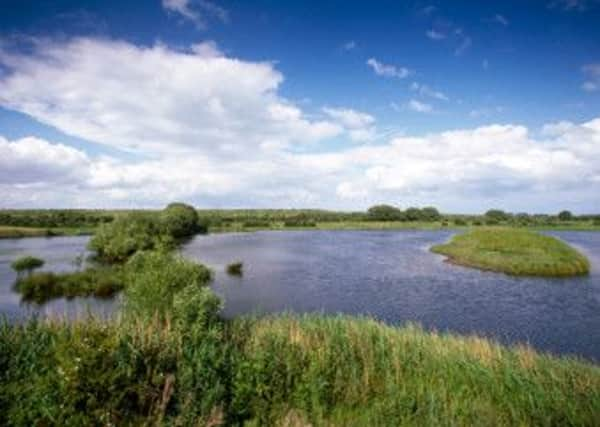Country & Coast: Birdwatching in the Dearne Valley


It doesn’t seem so long ago that the area was a dismal panorama of mine workings, coal stockpile yards, subsidence pools and pit wheels.
But the 30 deep-shaft mines are long gone, and with them the spoil heaps once known as the Barnsley Alps, and today the valley is home to the RSPB’s biggest concentration of nature reserves.
Advertisement
Hide AdAdvertisement
Hide AdSome have been well-kept secrets by local birdwatchers for years, places like Wombwell Ings and Broomhill Flash with their whooper swans in winter, and Bolton Ings with its large numbers of wigeon from Russia.
The centrepiece, though, is RSPB Old Moor where I spent a bright autumn afternoon glassing the wildfowl and great crested grebes in winter plumage out on the slate-waters of the main lake.
To be honest, I didn’t see anything more exciting than a couple of shovelers and a little egret - the latter something I’ve become somewhat blasé about observing in Yorkshire over the past decade - but what impressed me the most was the numbers of humans.
As it was the half-term holidays, many young families were enthusiastically engaged in identifying the various ducks on show, and the reserve is now getting more than 100,000 visitors every year.
Advertisement
Hide AdAdvertisement
Hide AdIn fact, you can tell from the colourful signs at the entrance to the reserve that visitors are indeed as welcome here as the birds are.
That is because the RSPB has torn up the traditional nature reserve blueprint of simply providing observation hides where serious-faced people dressed in camouflage-green clothing can sit all day, well-equipped with their binoculars and telescopes.
Now there is a modern visitor centre on the site with a cafe, shop and state-of-the-art displays. There’s even a bird-themed play area for the younger visitors to enjoy.
Places like this have become a popular alternative to days out at stately piles, especially at this time of the year when they produce live action of the kind we are being treated to on the BBC’s Autumnwatch series.
Advertisement
Hide AdAdvertisement
Hide AdI have heard it said by a number of twitchers - that subspecies of birdwatcher who happily hot-foot it to Shetland or the Scillies to see an Asian warbler hopelessly lost on migration - that the RSPB has “Disneyfied” ornithology at the new generation of so-called ‘super reserves’ like Old Moor and at Saltholme on Teesside.
But all I can see is a new generation of birdwatchers who are developing a healthy interest in nature, one which will hopefully be deeper than simply treating bird sightings as something to collect like postage stamps.
At Old Moor, there may not be birdwatchers arriving from all corners of the UK to see some cowering little brown bird in a bush, but even for old binocular hands like me there is always something to capture my interest.
And on that note, there are few sights more spectacular than a swirling mass of lapwings spooked by a predatory peregrine - one of Old Moor’s specialities - or as memorable as a silent-winged barn owl quartering a marsh in the fading light of a winter afternoon.